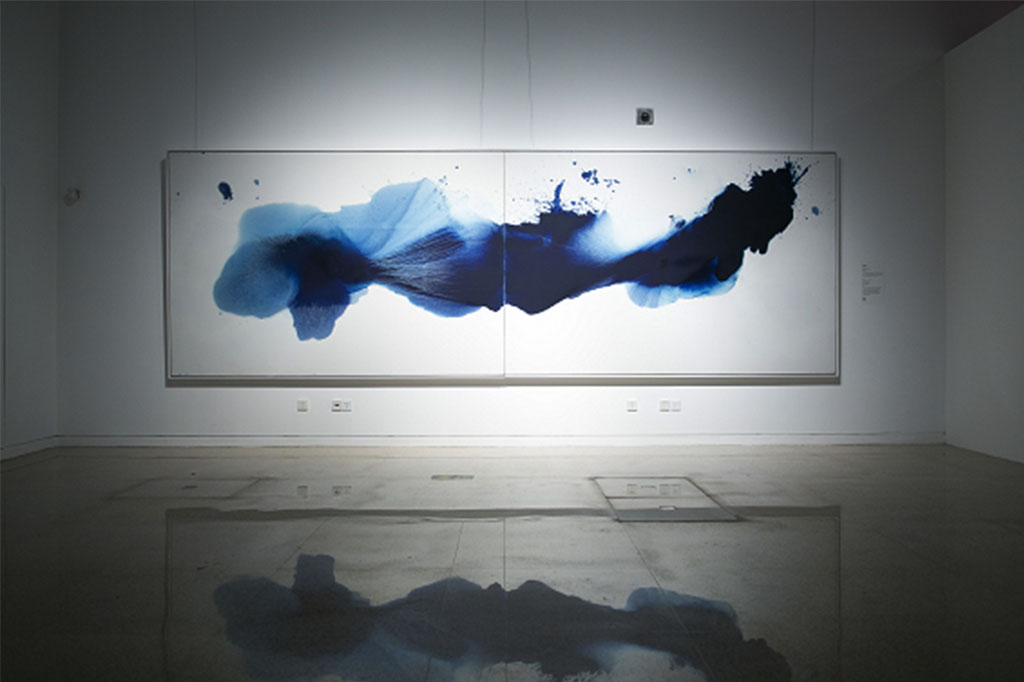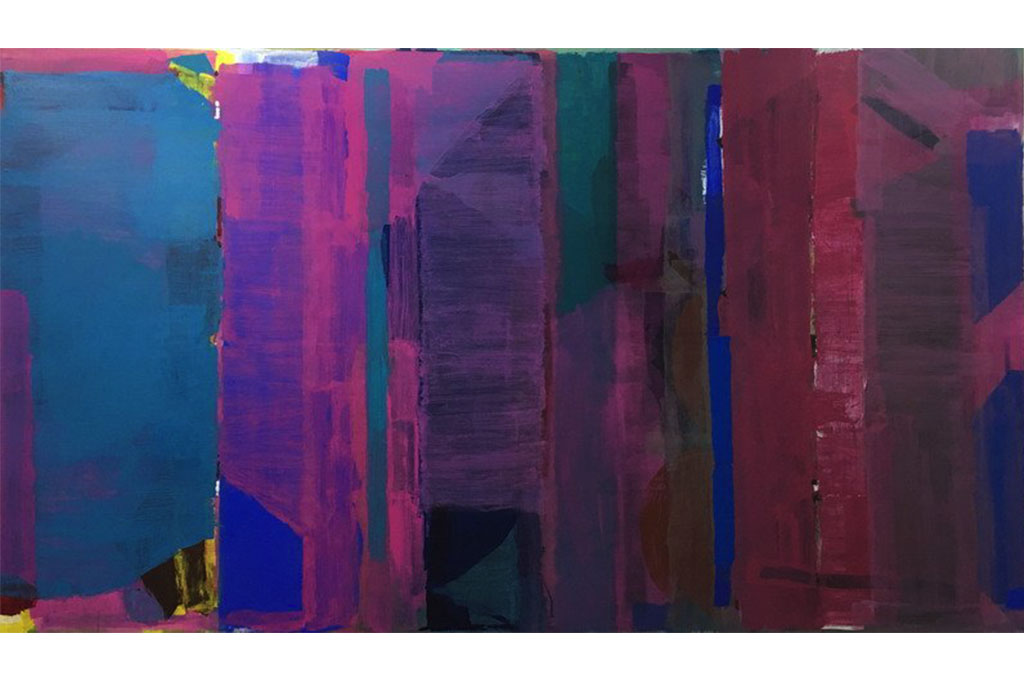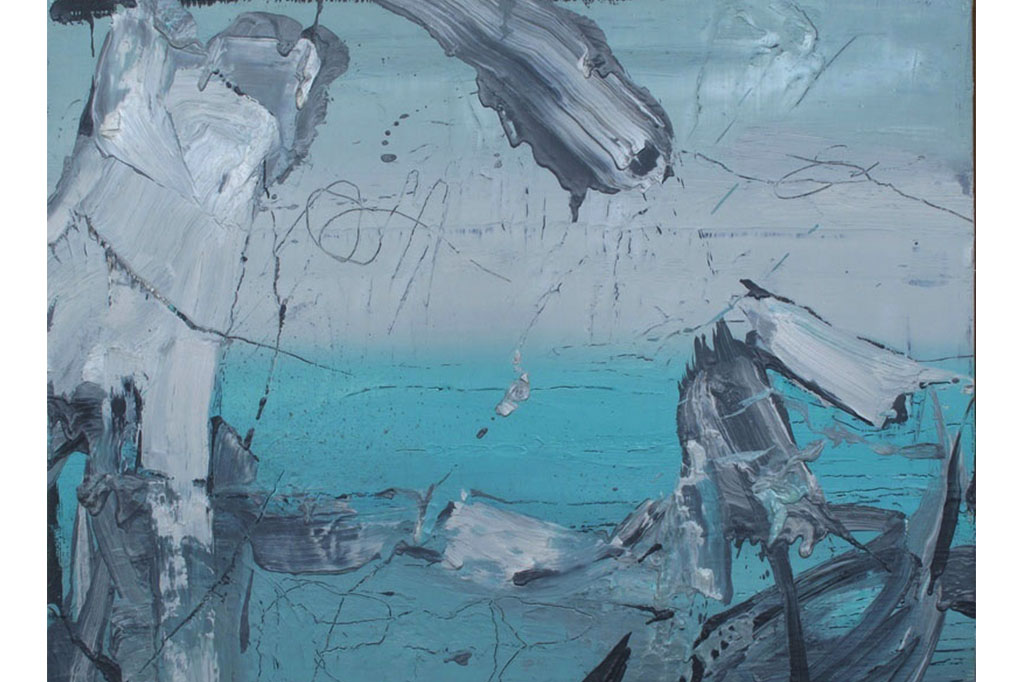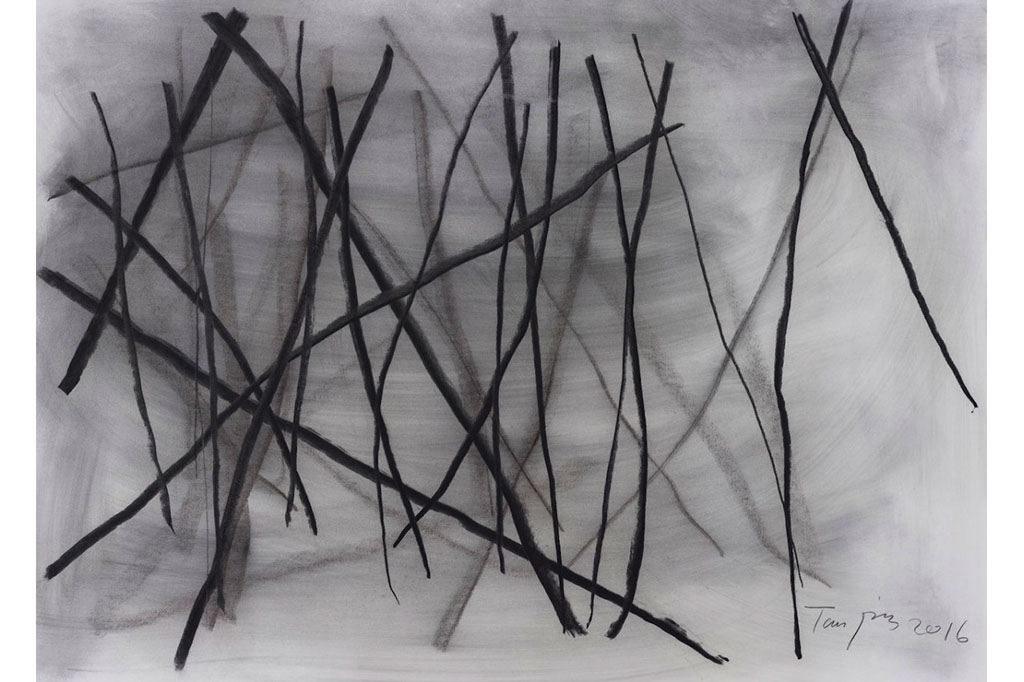While I am less intimidated by abstract art than our other writer here at stuvvz is, I do agree with her that abstract art is a much more complex style to get a grasp of – not just for its lack of figurative portrayal, but because of its relevance to history as well as different philosophies.
Whereas abstract art in the West can be roughly categorized as i) Metaphysical Abstraction, ii) Abstract Expressionism, and iii) Minimalism; abstract art in the East takes on a very different timeline. Not only did it start after those three categories have been established in places like Europe and the US; abstract art in the East was nation related, namely with the Dansaekwah from South Korea and the Mono-ha artists from Japan. Interestingly, while Western abstract art was inspired by theories, theosophy, and Zen Buddhism; abstract art in China is also deeply rooted in the teachings of Zen Buddhism, nevertheless, Eastern artists resulted with a completely different expression.
Peng Feng, curator of the upcoming Beijing Abstract show at Parkview Art Hong Kong believes that the framework in China is totally different from the West. Showcasing eight famous Chinese artists including Mao Lizi, Ma Kelu, Ma Shuqing, Yuan Zuo, Tan Ping, Meng Luding, Feng Lianghong and Li Di; Peng has selected them particularly because of his thesis research on modernism in China. While three of these artists initially began in figurative art, in the past 30 years they have turned to abstract art and formed the Beijing Abstract in hopes to pave a new road for abstract art in modern China. Breaking free from the traditional visual culture in China, these pioneers have been working towards a “shared spirit” which aims to “reveal the strength of Chinese abstraction which embraces a globalized vision of abstract art, while simultaneously staying true to its traditional cultural roots, through the usage of calligraphic lines, repetition of motifs, and philosophies stemming from Zen Buddhism.”
Parkview Art Hong Kong
March 26 – May 12, 2018






